We bring objectivity to analysis of brain diseases.
see more about our tools for neurologists, psychologists and clinical speech therapistsThe Brain Diseases Analysis Laboratory (BDALab) is an international multidisciplinary research group focusing on the research and development of digital biomarkers.
Using state-of-the-art techniques of biomedical signal processing, data science, and wearable technologies we provide experts with digital biomarkers facilitating diagnosis, assessment and monitoring of a large spectrum of disorders such as Parkinson’s disease, Alzheimer’s disease, Lewy body dementia, neurodevelopmental dysgraphia, etc.
We offer a design and implementation of software that can objectively analyse different modalities such as speech, handwriting, and sleep. All solutions provided by BDALab are individualized depending on customer’s requirements.





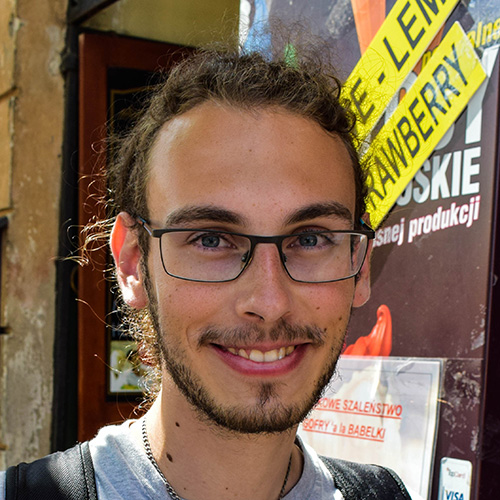


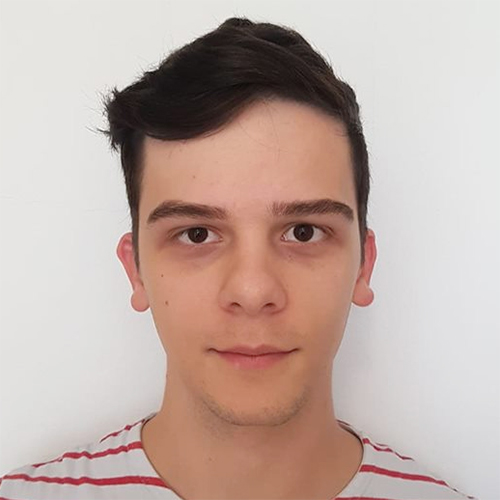
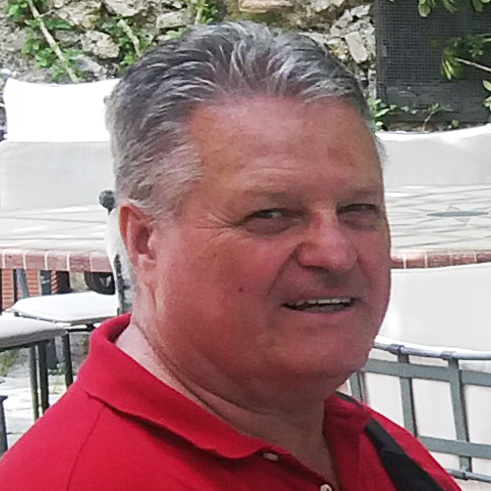
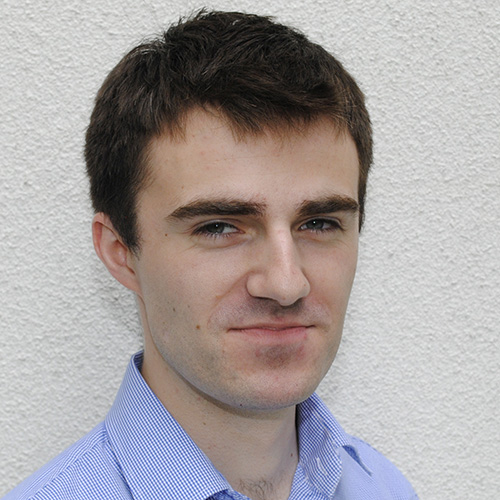

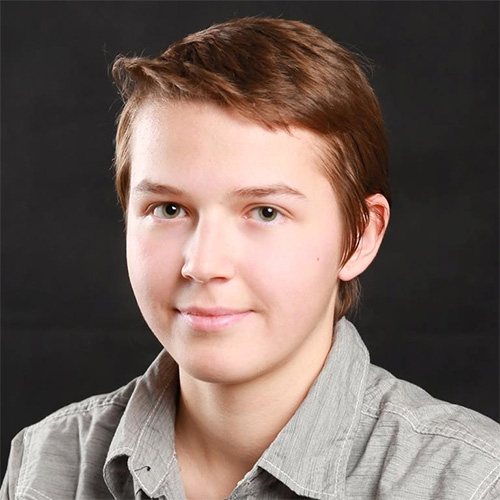
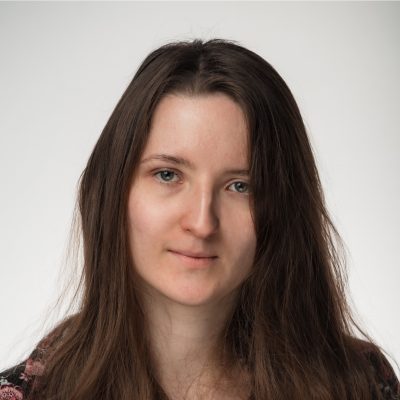
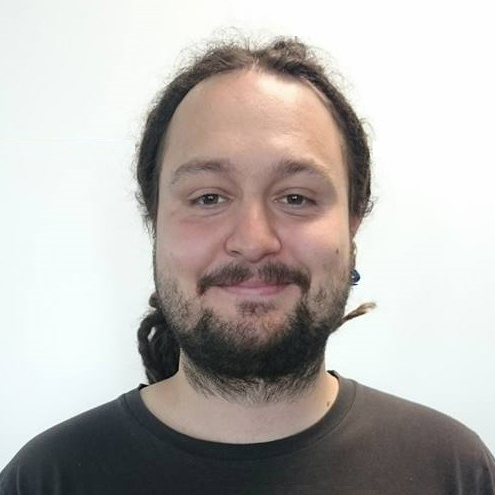
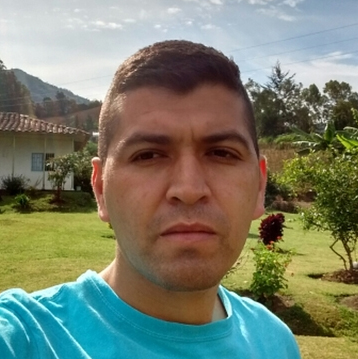

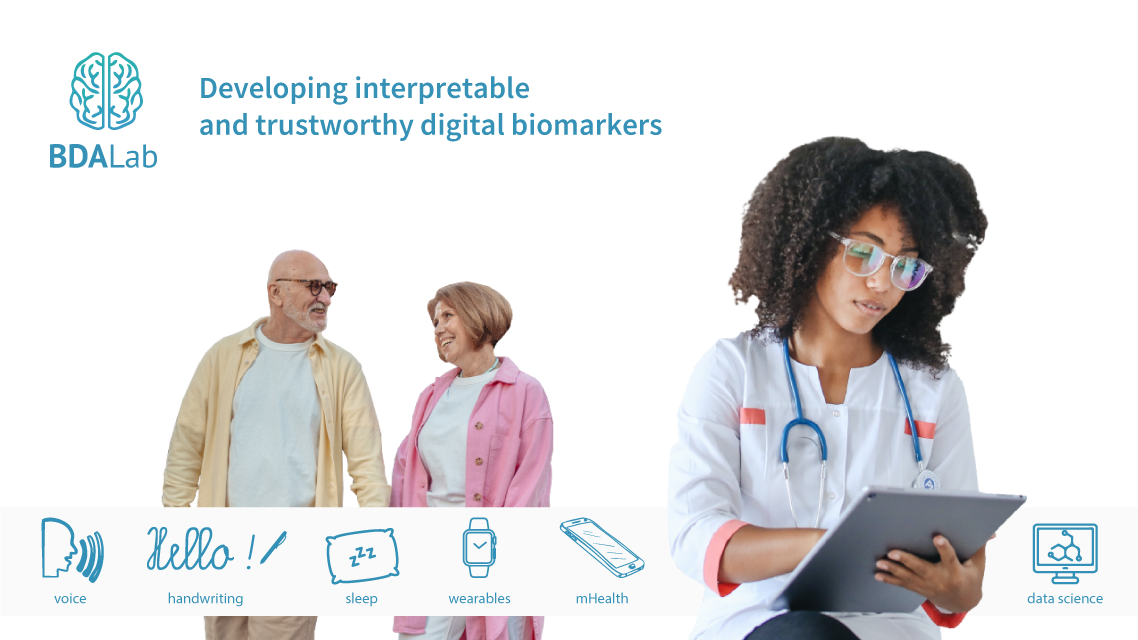
Collaborating with BDALab is extremely fruitful with regard to publications and grants and moreover a great pleasure and fun for all of us. The BDALab team consists of very enthusiastic, hard-working, friendly and talented people with a high knowledge and expertise in signal processing, statistical data analysis and also in manuscript writing.
prof. MD Irena Rektorova, Ph.D. | CEITECWe started to cooperate with BDALab in 2009 and since that time we have done a great research in the fields of Parkinsonic dysgraphia, dysphagia, hypokinetic dysarthria, and postural stability analysis.
prof. Marcos Faundez-Zanuy, Ph.D. | TecnoCampus MataróOur group in the Center for Biomedical Engineering at Universidad Politécnica de Madrid has kept a tight collaboration with BDALab since 2010, and during this time we have been able to share knowledge, visitors, databases and joint studies. For us, this time has been highly fruitful, and we hope to keep this cooperation during the near future, and enhance it as much as possible. Our opinion is that BDALab is a reliable reference in the field Biomedical Data Analytics, and a good place for research and learning.
prof. Pedro Gómez-Vilda, Ph.D. | Polytechnic University of MadridDoing collaborative research with the BDALab staff is both intriguing and challenging and often requires learning a new language, which is very different from that of the clinical world. Consequently, research results are unique and innovative and enable detection of human behavior by objective measures.
prof. Sara Rosenblum, Ph.D. | University of Haifa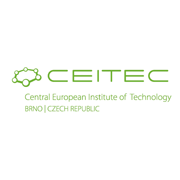
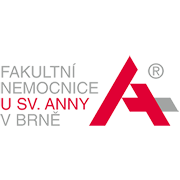

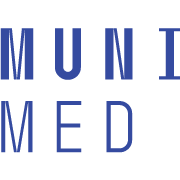


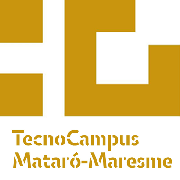

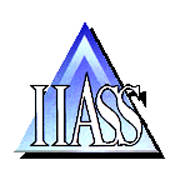
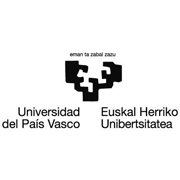
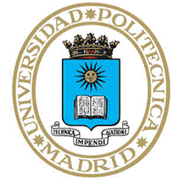




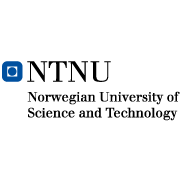
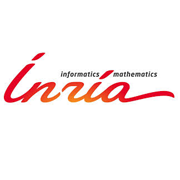


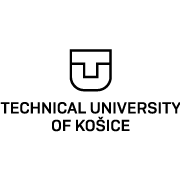




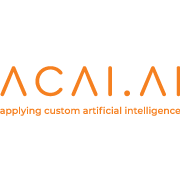



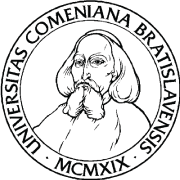

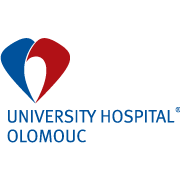
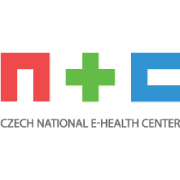
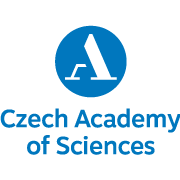
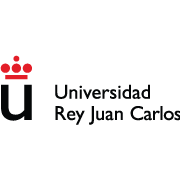


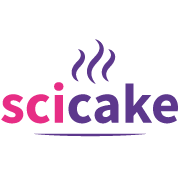

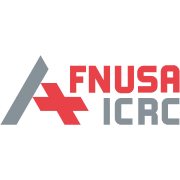

complete list here




The Parkinson's Disease Handwriting Database (PaHaW) consists of multiple handwriting samples from 37 parkinsonian patients (19 men/18 women) and 38 gender and age matched controls (20 men/18 women). The database was acquired in cooperation with the Movement Disorders Center at the First Department of Neurology, Masaryk University and St. Anne's University Hospital in Brno, Czech Republic.
Each subject was asked to complete a handwriting task according to the prepared filled template at a comfortable speed. The completed task sheet is depicted on the right. The completed template was shown to the subjects; no restrictions about the number of repetitions of syllables/words in tasks or their height were given.
A tablet was overlaid with a empty paper template (containing only printed lines and square box specifying area for Archimedean spiral), and a conventional ink pen was held in a normal fashion, allowing for immediate full visual feedback. The signals were recorded using the Intuos 4M (Wacom technology) digitizing tablet with 150 Hz sampling frequency.
Digitized signals were acquired during the movements executed while exerting pressure on the writing surface and during the movement above the writing surface. We denote these signals as on-surface movement and in-air movement, respectively. The perpendicular pressure exerted on the tablet surface was also recorded. The recordings started when the pen touched the surface of the digitizer and finished when the task was completed. the tablet captured the following dynamic features (time-sequences): x-coordinate; y-coordinate; time stamp; button status; pressure; tilt; and elevation. Button status is a binary variable, being 0 for pen-up state (in-air movement) and 1 for pen-down state (on-surface movement).
Please fill in a license agreement that can be downloaded in DOCX or PDF and send it to mekyska@vut.cz with CC to peter.drotar@tuke.sk and irena.rektorova@fnusa.cz. You will consequently get an access to the database.